Categories: News Seminari
Tags: compact binary mergers Einstein telescope gamma-ray burst Onde Gravitazionali
Posted by: Eleonora Ferroni
Date: Giu 20, 2025
Detecting electromagnetic counterparts of gravitational-wave events in gamma-rays
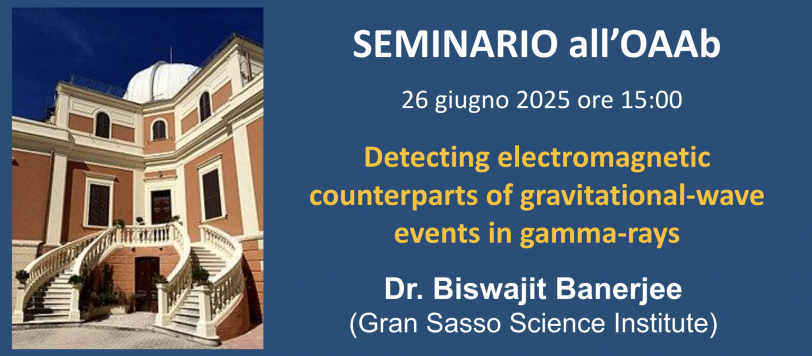
Giovedì 26 giugno aprile alle ore 15:00, il dott. Biswajit Banerjee (Gran Sasso Science Institute, Italia) terrà il seminario dal titolo “Detecting electromagnetic counterparts of gravitational-wave events in gamma-rays”.
ABSTRACT:
The origin of prompt emission in gamma-ray bursts (GRBs) remains a topic of active research. Most of our current understanding is based on the observations performed by wide-field instruments sensitive to energies between 10 keV and ~10 MeV (Fermi/GBM, Swift/BAT). However, detecting very-high-energy gamma-ray photons during the prompt phase above 100 GeV remains a significant challenge due to the time required for telescopes to reposition for ground based Imaging Atmospheric Cherenkov Telescopes and hence the production mechanism of high energy photons are still a matter of debate. The recent detection of GeV gamma-rays from the compact binary merger, GRB 211211A, has increased interest in the potential for GeV to sub-TeV emission from such sources. In this talk, I will explore multi-messenger strategies aimed to capture early very-high-energy (VHE) emission from compact binary mergers, especially in the context of the next-generation gravitational wave detectors: Einstein Telescope (ET) and Cosmic Explorer (CE). Thanks to the exceptional low-frequency sensitivity, ET can identify and localize gravitational wave sources during their inspiral phase, providing early alerts for electromagnetic observatories. I will discuss the strategy to observe the prompt emission phases and future detection perspective of Cherenkov Telescope Array Observatory (CTAO) working in synergy with GW detectors. I will discuss the mechanisms that could produce VHE counterparts, focusing on the synchrotron self-Compton process in leptonic scenario and external inverse Compton scattering, which are promising candidates for producing emission in the 10 GeV to 10 TeV range. I will also touch upon the identification of a second spectral component in GRB 221009A and its implications for our understanding of prompt/ early VHE emission. In addition, a novel strategy has been proposed for the MAGIC telescopes (operational in VHE gamma-rays) to capture bright TeV emission: rapidly responding to Fermi/GBM triggers by scanning the sky localization with brief exposures lasting tens of seconds. This approach, which has shown promise in increasing GRB detection rates. This strategy will be further optimized/ applied to the upcoming CTAO configurations. Our analysis of historical Fermi-detected GRBs up to 2024 supports this strategy and helps assess the presence of secondary spectral components in GRB emissions.

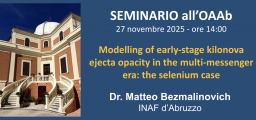
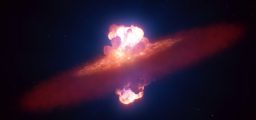
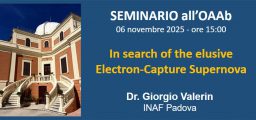
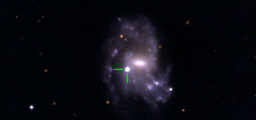

Comments are closed.